As a business owner in the retail industry, it is crucial to have a thorough understanding of different fabric types. Whether you run a clothing store, a home textiles business, or any other enterprise that deals with fabric products, being able to provide comprehensive information about fabric types can help you make informed decisions about sourcing, manufacturing, and marketing. This article aims to provide valuable insights into the various fabric types, their characteristics, and potential applications. 1. Natural Fabrics: Natural fabrics are derived from plant or animal sources, offering a wide range of choices to cater to different needs, preferences, and applications. Some popular natural fabric types include: – Cotton: Known for its softness, breathability, and versatility, cotton is one of the most widely used fabrics due to its comfort and ease of care. It is commonly used for clothing, home furnishings, and even technical textiles. – Silk: This luxurious fabric is derived from silkworms’ cocoons and renowned for its smoothness, shine, and delicate feel. Often used in the fashion industry for high-end clothing, silk can add elegance and sophistication to any product.
.
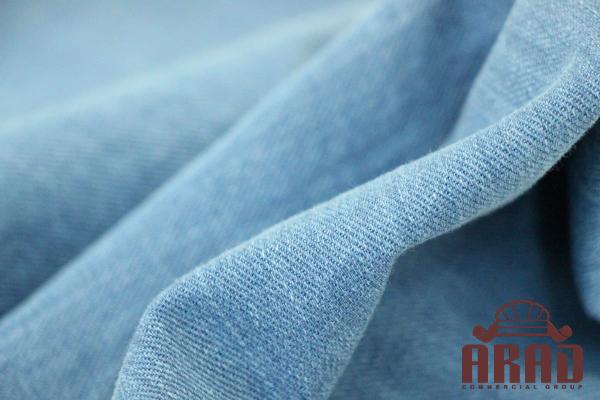 – Wool: Obtained from the fleece of animals such as sheep, goats, or alpacas, wool is loved for its warmth, durability, and natural moisture-wicking properties. Wool is commonly used in winter clothing, blankets, and upholstery. 2. Synthetic Fabrics: Synthetic fabrics are manufactured through chemical processes to mimic the features of natural fibers, often offering additional advantages such as enhanced durability and ease of maintenance. Some widely used synthetic fabric types include: – Polyester: Known for its strength, elasticity, and wrinkle resistance, polyester is a popular choice for a wide range of applications. It is commonly used in clothing, home textiles, and outdoor gear due to its excellent durability and color retention.
– Wool: Obtained from the fleece of animals such as sheep, goats, or alpacas, wool is loved for its warmth, durability, and natural moisture-wicking properties. Wool is commonly used in winter clothing, blankets, and upholstery. 2. Synthetic Fabrics: Synthetic fabrics are manufactured through chemical processes to mimic the features of natural fibers, often offering additional advantages such as enhanced durability and ease of maintenance. Some widely used synthetic fabric types include: – Polyester: Known for its strength, elasticity, and wrinkle resistance, polyester is a popular choice for a wide range of applications. It is commonly used in clothing, home textiles, and outdoor gear due to its excellent durability and color retention.
..
 – Nylon: Recognized for its high strength-to-weight ratio, nylon is widely used in a variety of applications, including sportswear, hosiery, and upholstery. It offers durability, quick-drying properties, and excellent abrasion resistance. – Spandex: Also known as Lycra or elastane, spandex is renowned for its exceptional stretchability and recovery. This fabric type is commonly used in sportswear, swimwear, and body-hugging garments where freedom of movement is essential. 3. Blended Fabrics: Blended fabrics are created by combining two or more different fiber types, aiming to incorporate the advantages of each individual component. Common blending combinations include: – Cotton-Polyester Blend: Combining the natural softness and breathability of cotton with the durability and wrinkle resistance of polyester, this blend is commonly used in a wide range of applications, including casual clothing and bedding.
– Nylon: Recognized for its high strength-to-weight ratio, nylon is widely used in a variety of applications, including sportswear, hosiery, and upholstery. It offers durability, quick-drying properties, and excellent abrasion resistance. – Spandex: Also known as Lycra or elastane, spandex is renowned for its exceptional stretchability and recovery. This fabric type is commonly used in sportswear, swimwear, and body-hugging garments where freedom of movement is essential. 3. Blended Fabrics: Blended fabrics are created by combining two or more different fiber types, aiming to incorporate the advantages of each individual component. Common blending combinations include: – Cotton-Polyester Blend: Combining the natural softness and breathability of cotton with the durability and wrinkle resistance of polyester, this blend is commonly used in a wide range of applications, including casual clothing and bedding.
…
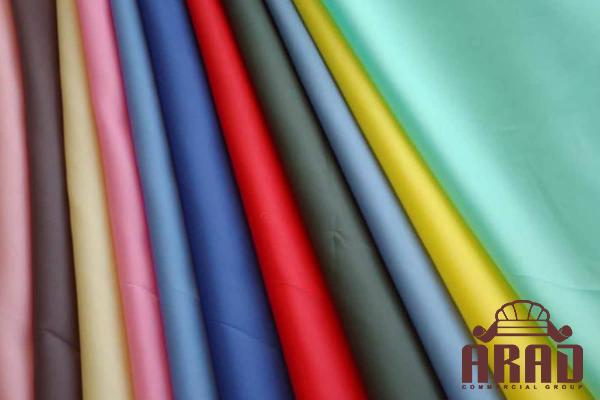 – Wool-Acrylic Blend: This blend combines the warmth and moisture-wicking properties of wool with the softness, lightweight, and easy care provided by acrylic. It is commonly used in winter clothing, socks, and blankets. Conclusion: An in-depth understanding of fabric types is crucial for running a successful business in the retail industry. By acquainting yourself with the characteristics and potential applications of natural, synthetic, and blended fabrics, you will be better equipped to make informed decisions about sourcing, manufacturing, and marketing your products. Remember that each fabric type has its advantages and limitations, so consider the needs and preferences of your target audience when selecting the right fabric for your business.
– Wool-Acrylic Blend: This blend combines the warmth and moisture-wicking properties of wool with the softness, lightweight, and easy care provided by acrylic. It is commonly used in winter clothing, socks, and blankets. Conclusion: An in-depth understanding of fabric types is crucial for running a successful business in the retail industry. By acquainting yourself with the characteristics and potential applications of natural, synthetic, and blended fabrics, you will be better equipped to make informed decisions about sourcing, manufacturing, and marketing your products. Remember that each fabric type has its advantages and limitations, so consider the needs and preferences of your target audience when selecting the right fabric for your business.

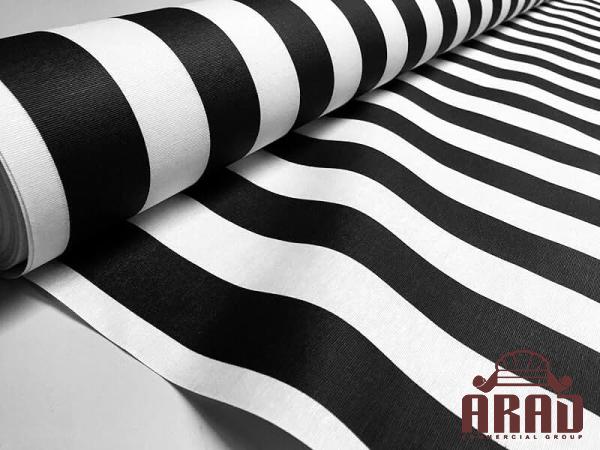
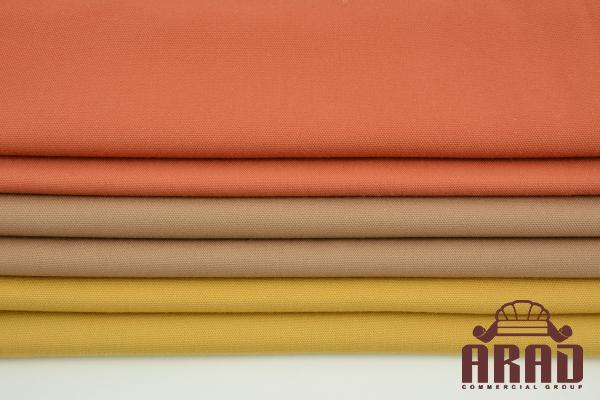
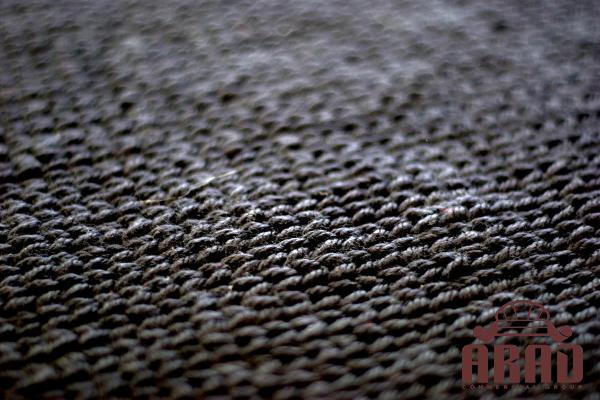
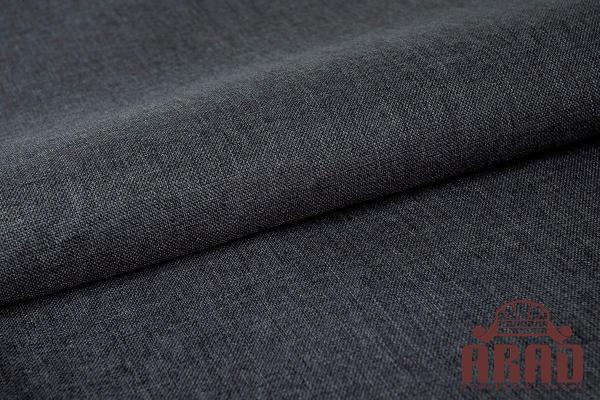

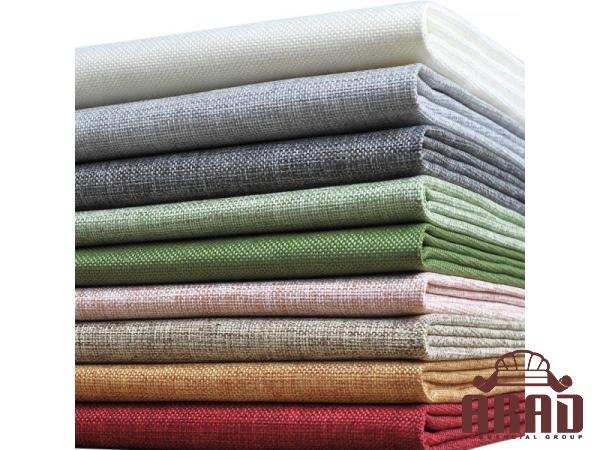
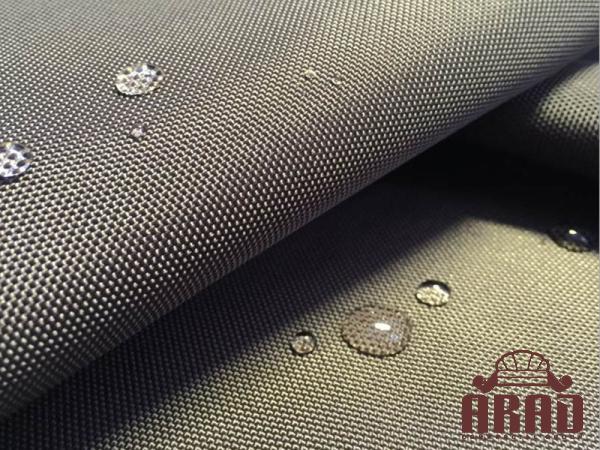
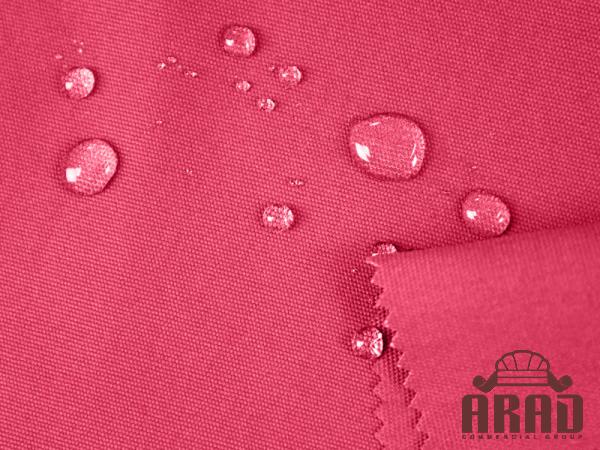
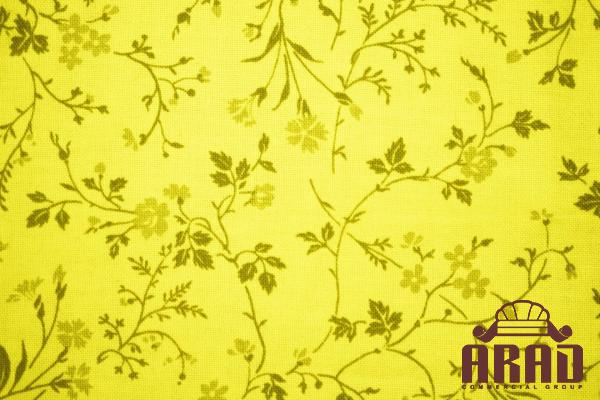
Your comment submitted.